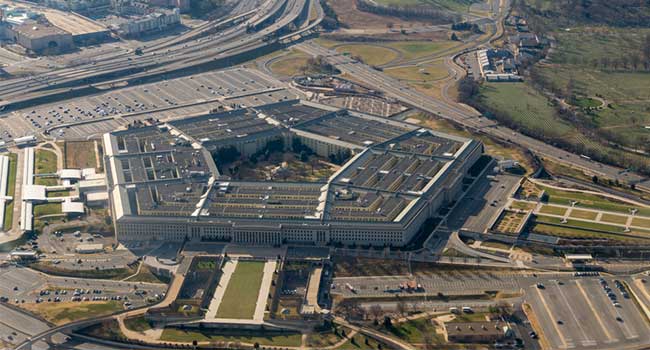
Pentagon to Conduct All Federal Security Checks
Pentagon officials said that over the next three years it will be responsible for background investigations for military and civilian employees and contractors.
- By Sydny Shepard
- Jun 05, 2018
The Pentagon will soon take over security checks for the federal government, according to a report from the Associated Press.
Defense Department officials said that over the next three years it will be responsible for background investigations for military and civilian employees and contractors. A source told the AP that the White House will also give the Pentagon authority to carry out security checks for almost all government agencies.
The change aims to fix the dense backlog of people waiting for clearance and the weak points of the security system that were exposed when a Navy contractor killed a dozen people at Washington's Navy Yard in 2013. The contractor had kept his security clearance despite concerns about his mental health and an unreviewed arrest.
The plan to transfer responsibility for the checks from the Office of Personnel Management (OPM) to the Pentagon are currently in the works. The new program would automatically review workers' records on a regular basis instead of every five to 10 years, as is currently the norm.
The shift of responsibility will give the OPM the chance to get through the backlog of 700,000 workers, about 500,000 of whom are reportedly with the Defense Department. The Defense Department will not take over these cases, as they are already being handled by the OPM.
In the first year, the Pentagon will take over security checks for people seeking to renew their security clearance. The next two years, the Pentagon will take on those seeking an initial security clearance and then also employees who want top secret renewals.
About the Author
Sydny Shepard is the Executive Editor of Campus Security & Life Safety.